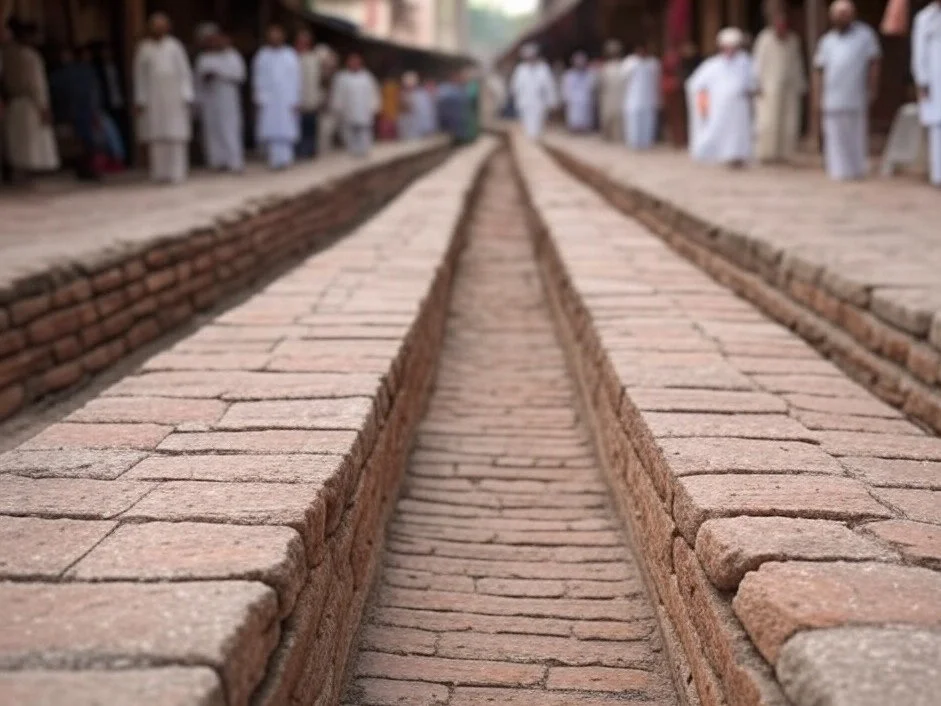Advanced Urban Planning in the Indus Valley Civilization
The Indus Valley Civilization (c. 2600–1900 BCE) was one of the earliest urban societies, known for its well-planned cities and remarkable infrastructure. Among its most impressive achievements was its sophisticated drainage and water management system, which showcased an advanced understanding of engineering and public sanitation.
Structure and Design of the Drainage System
Archaeological excavations at sites like Harappa and Mohenjo-Daro reveal a carefully planned drainage system. Cities were designed with a grid layout, and streets featured covered drains made from baked bricks. These drains were connected to household bathing areas and latrines, efficiently directing wastewater away from residential areas.
The system included soak pits and sediment traps to prevent clogging. Larger drains ran parallel to major streets, collecting and channeling wastewater into main sewers, which eventually emptied outside city boundaries.
Water Management and Sanitation
The Harappans also excelled in water management. They built reservoirs, wells, and public baths, ensuring a reliable water supply for their communities. The Great Bath of Mohenjo-Daro, a large, waterproofed structure, indicates the significance of ritualistic and hygienic water use.
The efficient drainage and water systems highlight the civilization’s commitment to public health and environmental sustainability, centuries ahead of their time.
Legacy and Influence
The Harappan drainage system remains a testament to early urban engineering prowess. It influenced later South Asian civilizations and continues to inspire modern urban planning. The remarkable efficiency and foresight demonstrated by the Harappans underscore their role as pioneers in ancient civil engineering.







